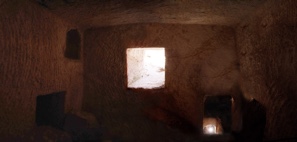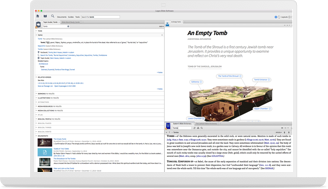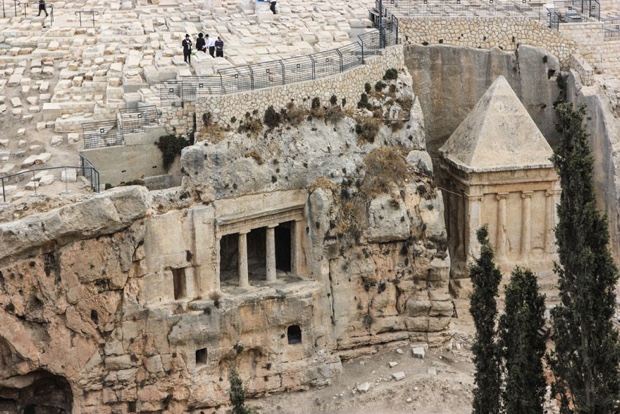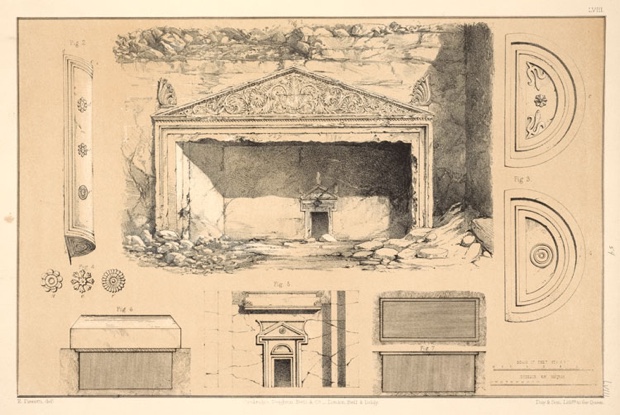Ancient History & Christian Devotion
You are about to enter the Tomb of the Shroud, a first-century Jewish tomb near Jerusalem. It is certainly not Jesus’ tomb, but if you explore it, you’ll get a rich picture of what Jesus and his disciples would have seen and experienced. And you’ll come to a deeper appreciation of the reality of Jesus’ death and resurrection.
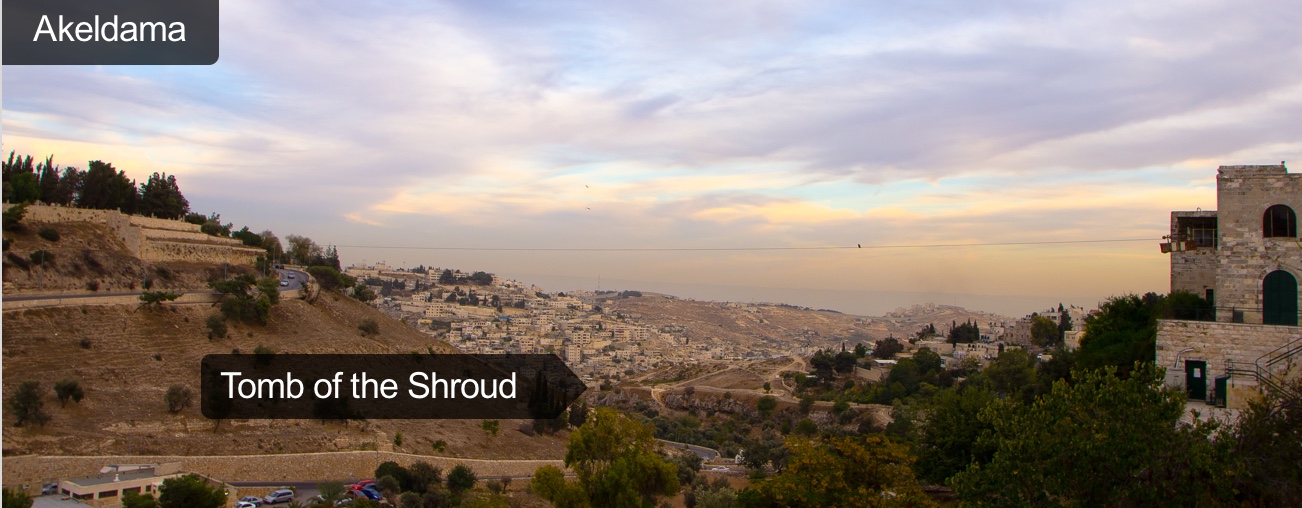
The Tomb of the Shroud in Akeldama is a first-century Jewish tomb—definitely not Jesus’ tomb but likely similar to it.
The city of Jerusalem has risen and fallen around the Tomb of the Shroud, but it has survived in its hillside, undisturbed, for 2,000 years. Other tombs on this same hill have been looted. This one is intact. Explore it. Climb down into it and you’ll touch history through your screen.
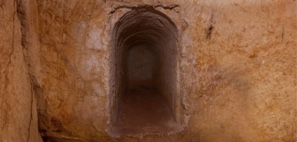
A burial niche in the lower chamber of the
tomb
And don’t think that touching ancient history is something separate from Christian devotion; it is something essential to it. Christianity is necessarily a historical religion; the gospel is good news only if it relates not just theological truth but something that actually happened.
John Updike was right when he wrote of the resurrection of Jesus,
Let us not mock God with metaphor,
analogy, sidestepping transcendence;
making of the event a parable,
a sign painted in the faded credulity of earlier ages:
Let's walk through the door.
Descend into this first-century tomb. Seal its images as with a large stone into your own memory. Think of this hole in the actual rock when you think of the sad day when Jesus’ battered body was buried.
Let's walk through the door.


